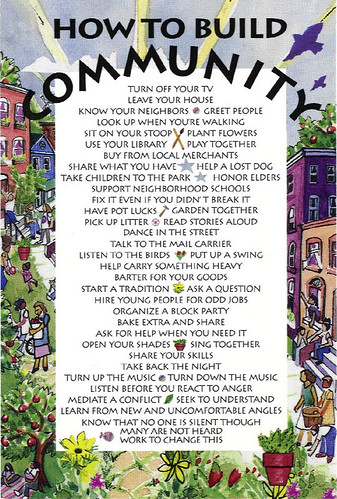 WJLA reports
WJLA reports: This
Woodridge home might appear abandoned, but it turns out there's a very long-time resident still living there. By my math, her family has had the house since 1949. With no water, no electricity, and no services, Eva Rusk, 72, still scrapes by. Although, for better or for worse, times are changing for her and it's a safe bet she'll be in more modern comforts before long.
Reading the article and watching the video, I tried to make out the corner. 1847 Which St? My eyesight (and my video resolution) not being what it could be, can anyone tell what intersection this is?
Just curious: When this house gets sold off and refurbished, at a significant increase in value, is it still gentrification? How much of gentrification is about protecting the poor and old (including an unexpectedly tenacious old white lady) and how much is about keeping the historic racial/ethnic character of a neighborhood? Of course, up
until far too recently, this same neighborhood had
covenants to keep African-Americans from buying. This family bought just as the rules were overturned and as
Woodridge went from a predominately White neighborhood to largely African-American.
Of course, I don't know anything about the Rusks or their history in
Woodridge and I don't mean to imply anything. I'm just taking this one story and using it to ask other questions. All around, it's an interesting story.










